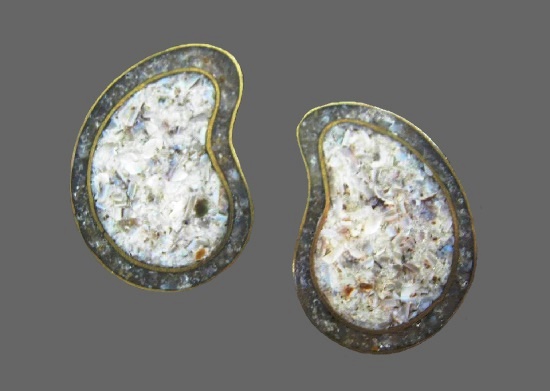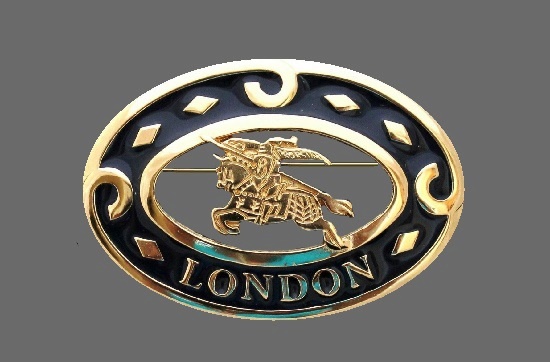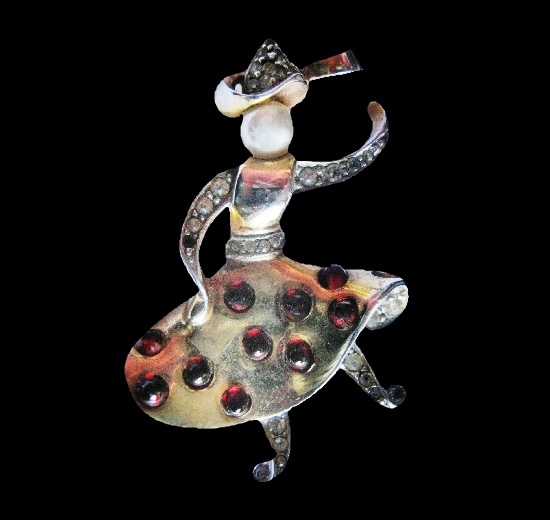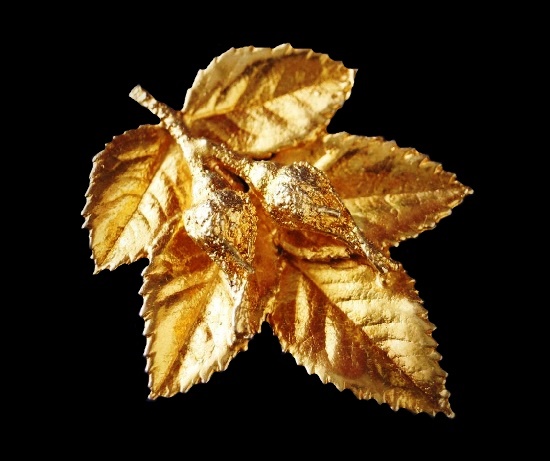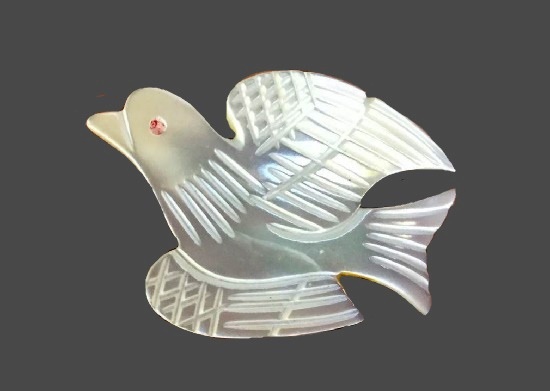Carlyle vintage costume jewelry
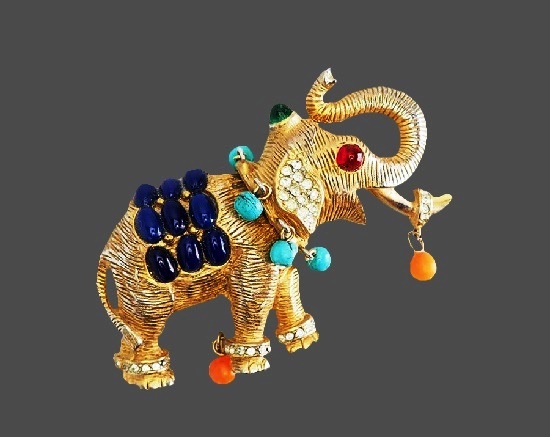
Elephant brooch with a trembler mechanism. Gold tone metal alloy, rhinestones, glass cabochons. 1960s. Carlyle vintage costume jewelry
Carlyle vintage costume jewelry
Founded in 1922, Carlyle & Co was the family owned business by brothers John and Russell Cohen. Originally a high-end jewelry retail chain, Carlyle & Co operated in several states in the Southeast and Florida. The company had nearly 30 stores, also known as Carlyle & Co., JE Caldwell & Co. and Park Promenade Jewelers.
According to press releases (Oct 17, 2009), the company ceased to exist after 87 years of work. However, one of the brothers, the founder of the company, elderly Russell Cohen, tried unsuccessfully to buy out at least part of the stores and reopen the chain.
Meanwhile, during the existence of the company, it has experienced ups and downs, a change of owners and re-registration.
Finally, in 2005, Finlay Enterprises, the largest operator of licensed jewelry departments in US department stores, acquired Carlyle & Co. Jewelry.
Noteworthy, the three generations of jewelers who have worked for the company have registered the Carlyle trademarks at different times, and in other states. For example, in Missouri on August 12, 1949, and in New York on February 24, 1970.
Read more »
